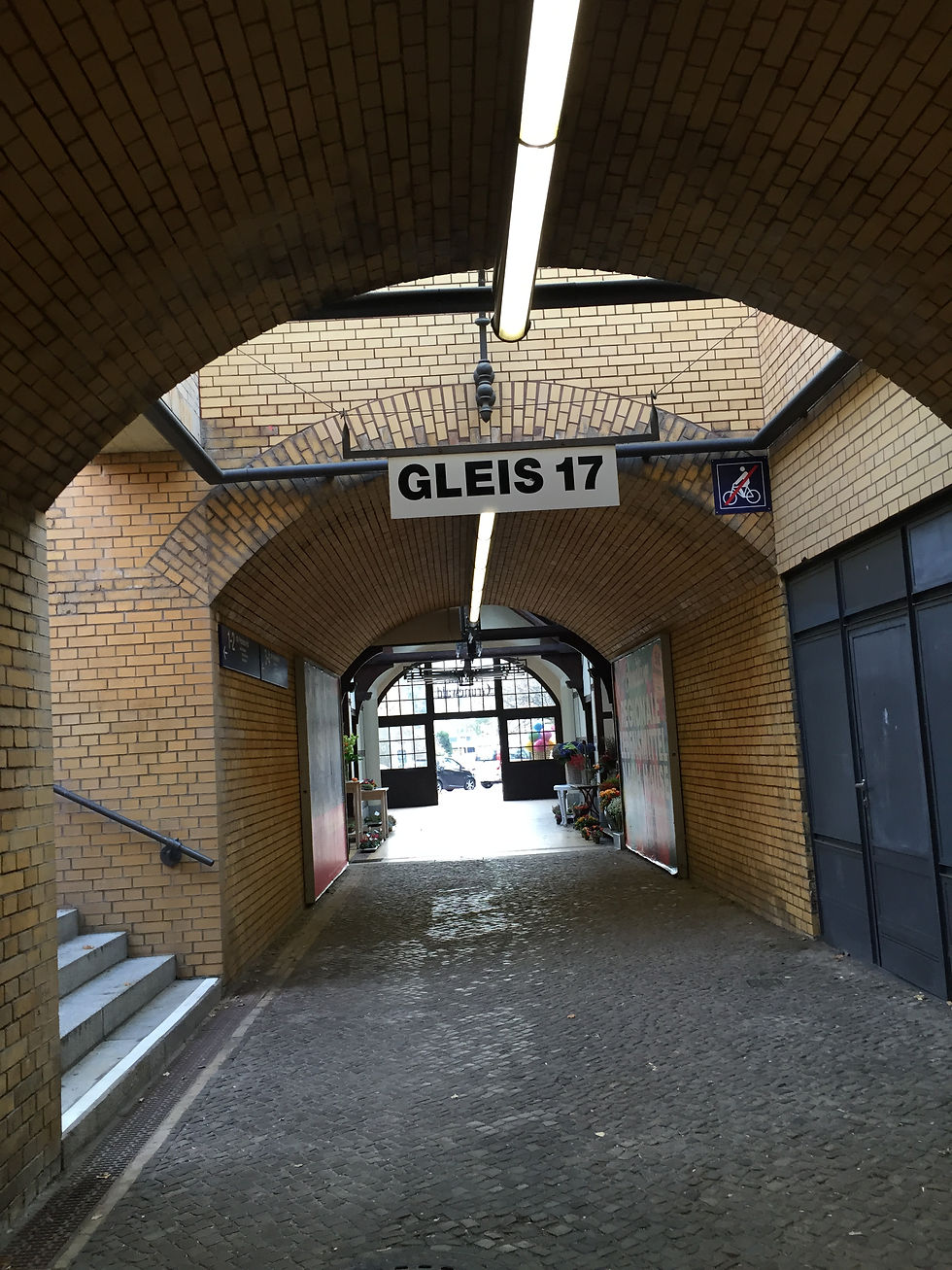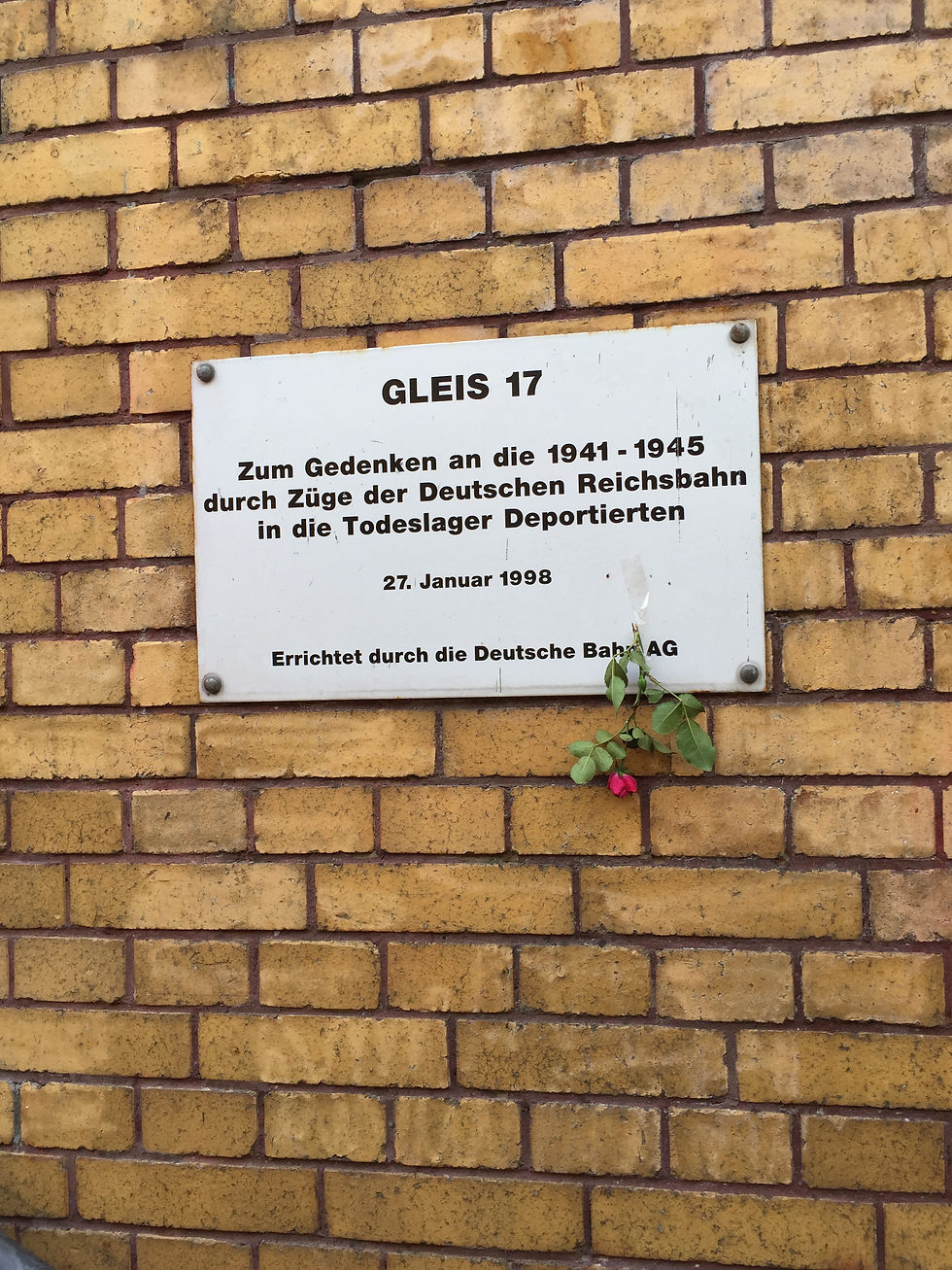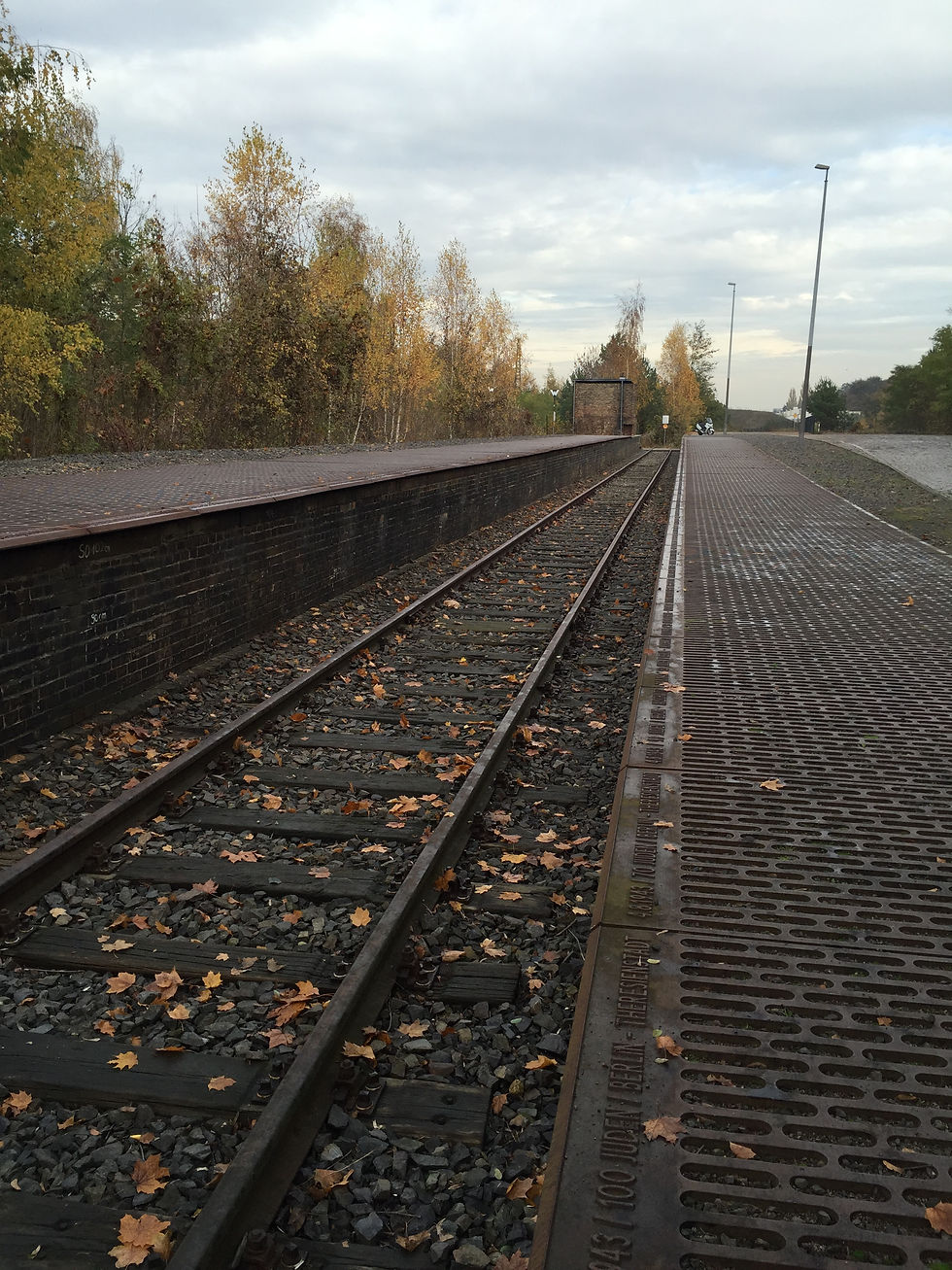
BACKGROUND
Deutsche Bahn AG established the Gleis 17 memorial in the Grunewald Station in Berlin to commemorate the deportation of many Jewish people during the Holocaust between 1941 and 1945. Deutsche Reichsbahn played a crucial role in the transportation of Jews to ghettos, concentration camps and extermination camps. Without the service of the railway, supported by Deutsche Reichsbahn the implementation of evicting the Jewish population would not have been able to take place.
The reunified railway service was unable to circumvent the memory of its involvement in the Shoah and to memorialise the tragic part the company played during the Nazi era. The Gleis 17 monument was erected to pay tribute to the hundreds and thousands of Jewish people who perished as a result of the deportation to concentration camps under the National Socialist regime.


Hirsh, Lorch and Wandel were the selected team of architects who designed the memorial. It is composed of 186 cast steel objects arranged in chronological order and engraved into the platform edge is a date of a transport, the number of deportees, the point of departure and the final destination, usually a concentration or extermination camp. The memorial is an amalgamation of statistical and documentary evidence, through the figures of the mass deportations, and as a creative parameter demonstrating a rustic, derelict railway track illustrating decay and resulting vegetation growth where there once was a fully operating transport network. Gleis 17 aims to form a structural connection between memory and oblivion. It illustrates the dichotomy between railway tracks as a dynamic object and the stillness of it being derelict; the contrast between the current emptiness in comparison to the masses of people whose ill-fate was decided at this junction. It highlights the histories of violence in an everyday setting and the visual display of what used to occur creates sensory geographies as it inflicts emotions on people who were previously disconnected from the Shoah's history. Trains are often associated with journeys, movements, beginnings and endings and the static scene inflicts an emotive reaction that the journey for millions of innocent people was their final destination, to a concentration camp.
"I felt really solemn walking up and down the walkway looking at the dates and number of people deported. The memorial is simple yet so beautiful."
"The overall design evoked deep feelings to those who walk beside the Deutsche Reichsbahn railroad tracks that witnessed such a terrible time in humankind’s history."











